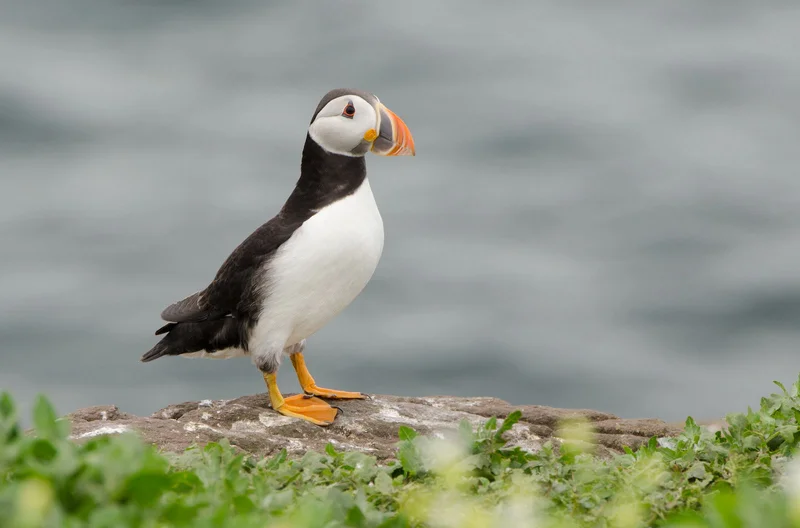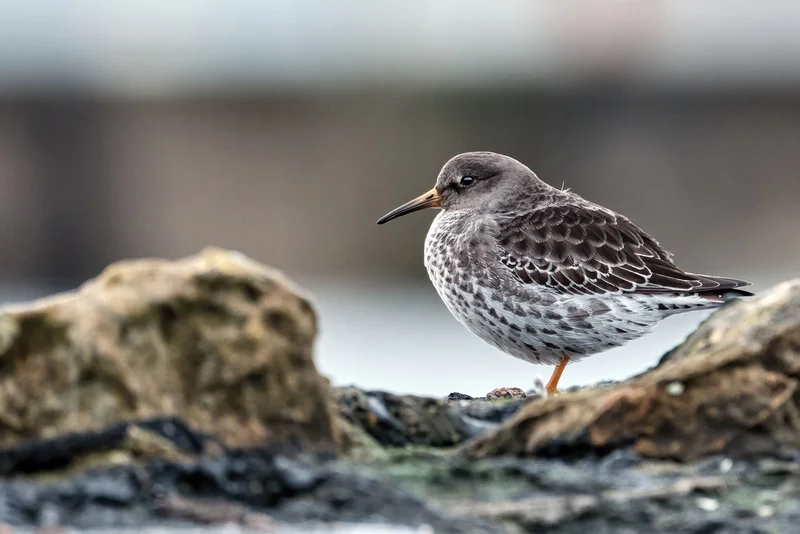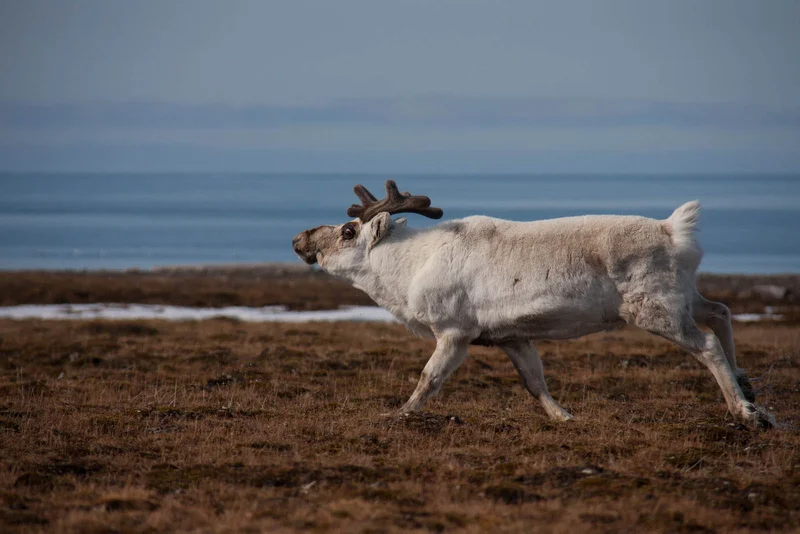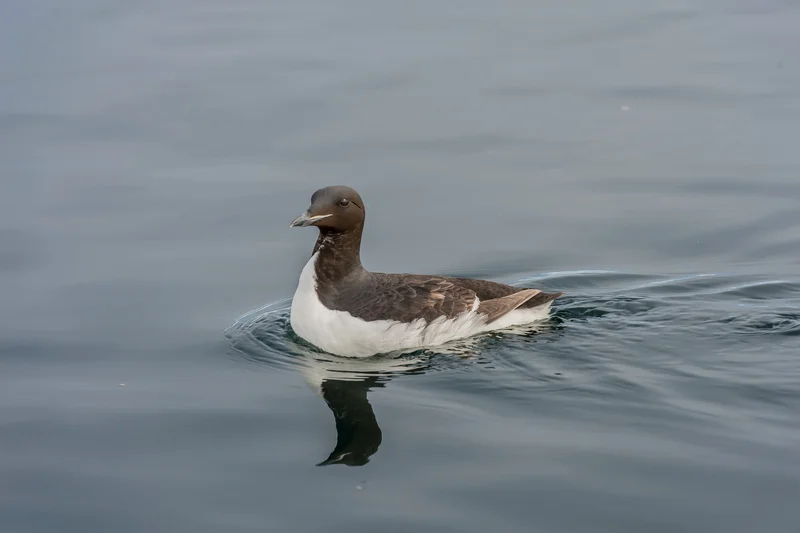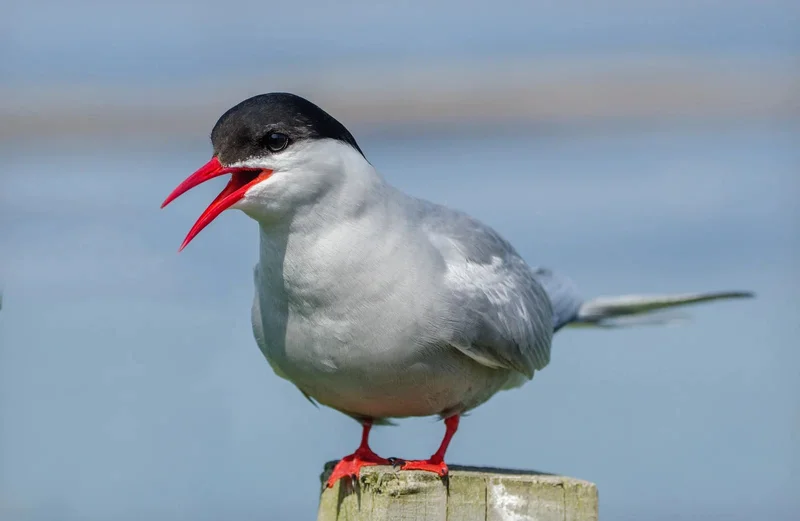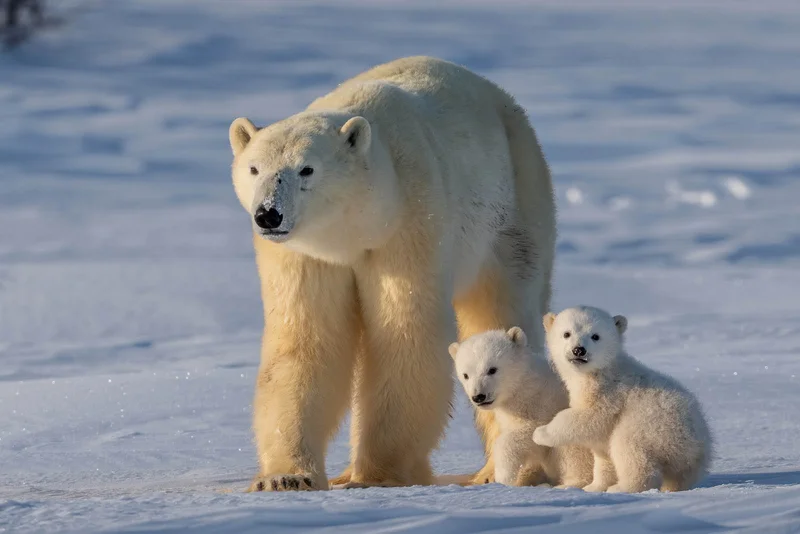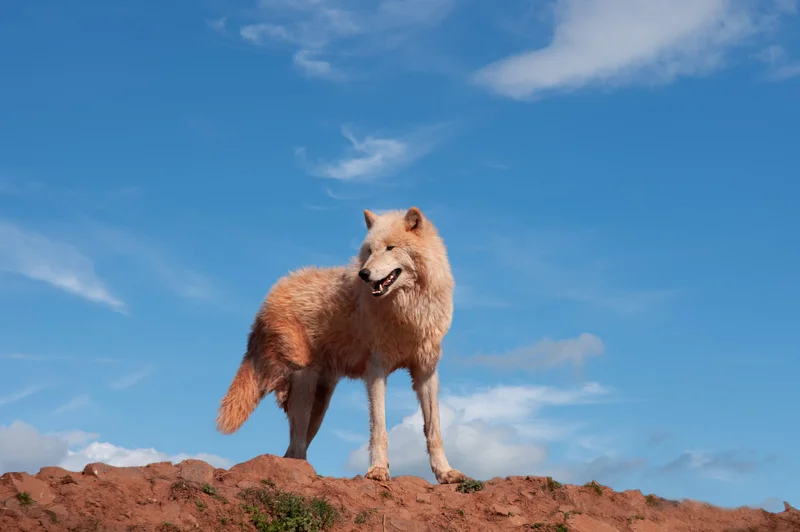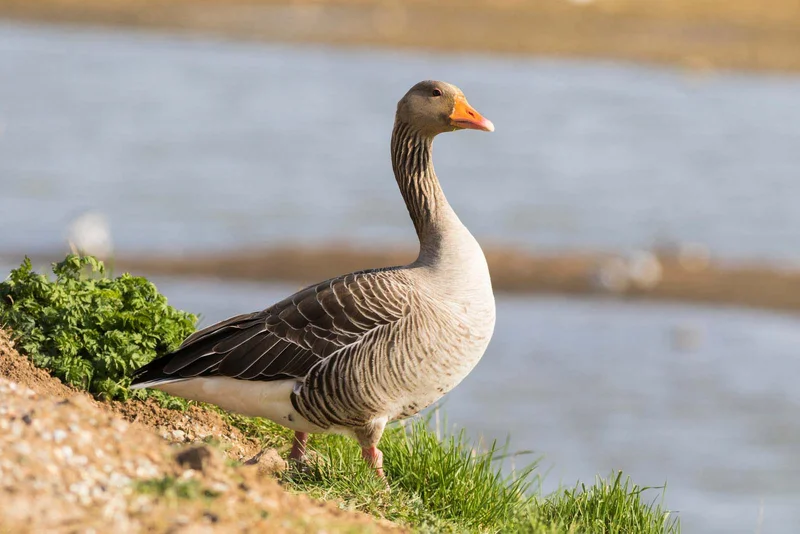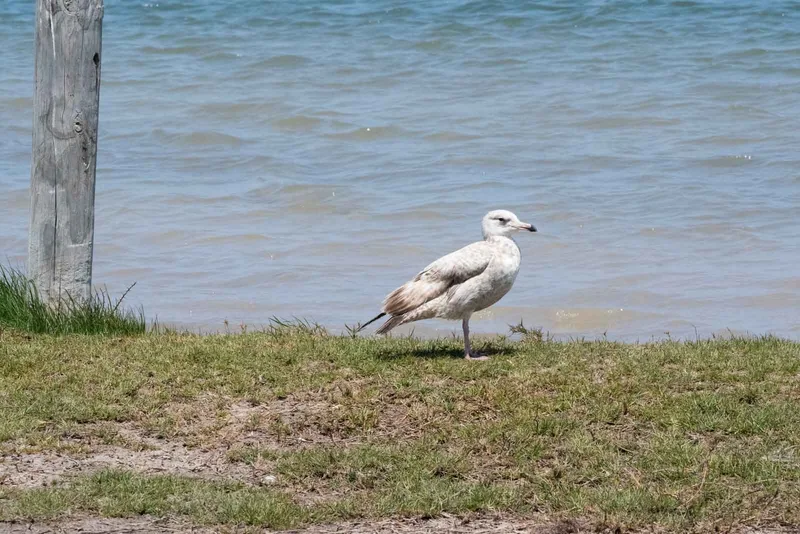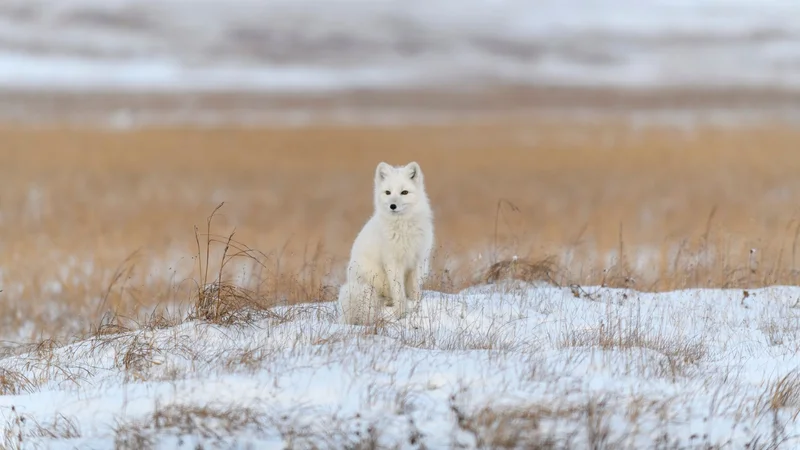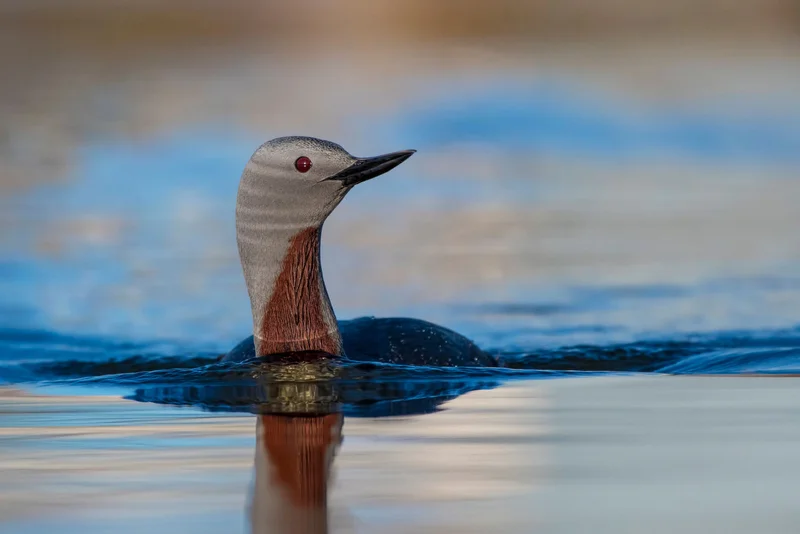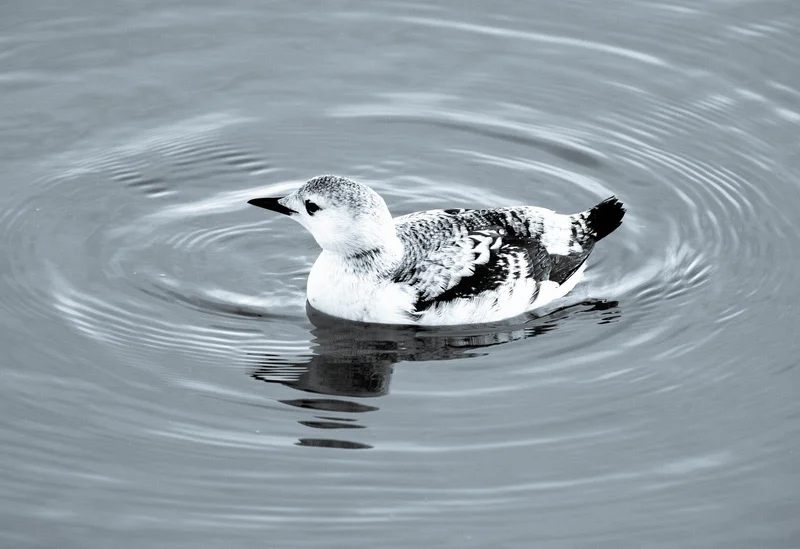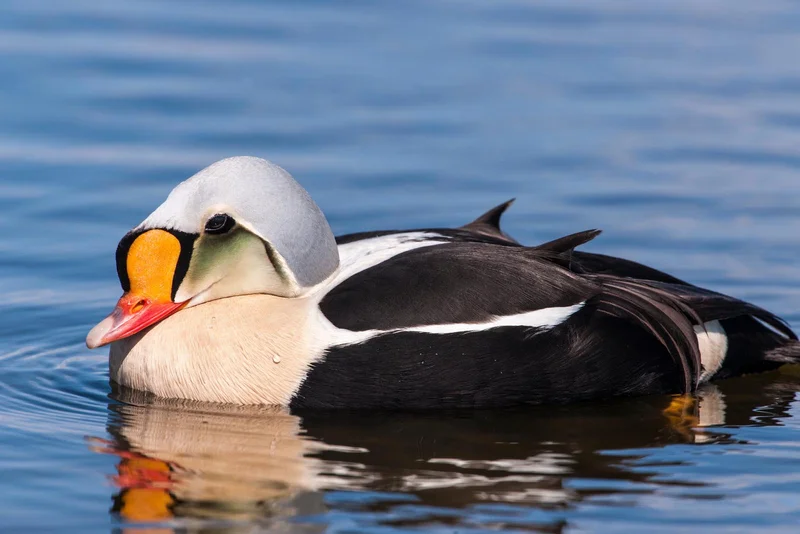Essential Walrus Information
The walrus is one of the most recognizable marine mammals of the Arctic. With long tusks and thick whiskers, they make an impressive sight on the pack ice. Walruses are the second-largest pinnipeds, after the elephant seal. Adult males can weigh as much as 1,800kg (4,000lbs), with typical weights between 900kg and 1,400kg (2,000 to 3,000lbs). Their thick hide can make up 20% of their total body weight.
Physical Characteristics
There are two sub-species of walrus: the Atlantic walrus and the larger Pacific walrus, which is about 20% bigger. Despite their massive size, walruses prefer shallow waters and feed by diving from ice floes to hunt in soft sea-bottom sediments for mollusks, crabs, shrimp, and sea cucumbers. Their sensitive whiskers help them locate food, and they can stay underwater for up to 30 minutes.
Behavior and Predators
Walruses are social animals, often seen gathered in large groups on rocky beaches during the summer and fall. The only predators they face are orcas and polar bears. However, due to their size and power, adult walruses are typically safe, while calves and injured animals are more vulnerable to polar bear attacks.
Reproduction
Walruses give birth between April and June during their spring migration. A newborn calf can weigh up to 165lbs and is able to swim immediately after birth. Female walruses wean their calves after about a year, and they typically give birth once every two years. The species' reliance on pack ice for birthing and mating is becoming a growing concern as ice levels decrease due to climate change.
Cultural Importance and Conservation
Walruses were once critical to native Arctic peoples, providing meat, hides for shelter and tools, tusks for art and tools, and blubber for oil. Although commercial hunting nearly wiped out the Atlantic walrus in the 18th and 19th centuries, indigenous communities still hunt walruses today. Walruses are protected from large-scale hunting, but climate change and their slow reproduction rate make them vulnerable.
Interesting Facts
- Tusks' Purpose: Despite their impressive size, walrus tusks are not used for feeding or defense but may help them haul their massive bodies out of the water.
- Calf Care: Newborn walruses can swim right from birth, and the mother cares for the calf until it is weaned, which can take over a year.
- Climate Change Impact: The reduction of pack ice due to climate change is a significant concern for walrus populations, as they rely on ice for mating and birthing.


